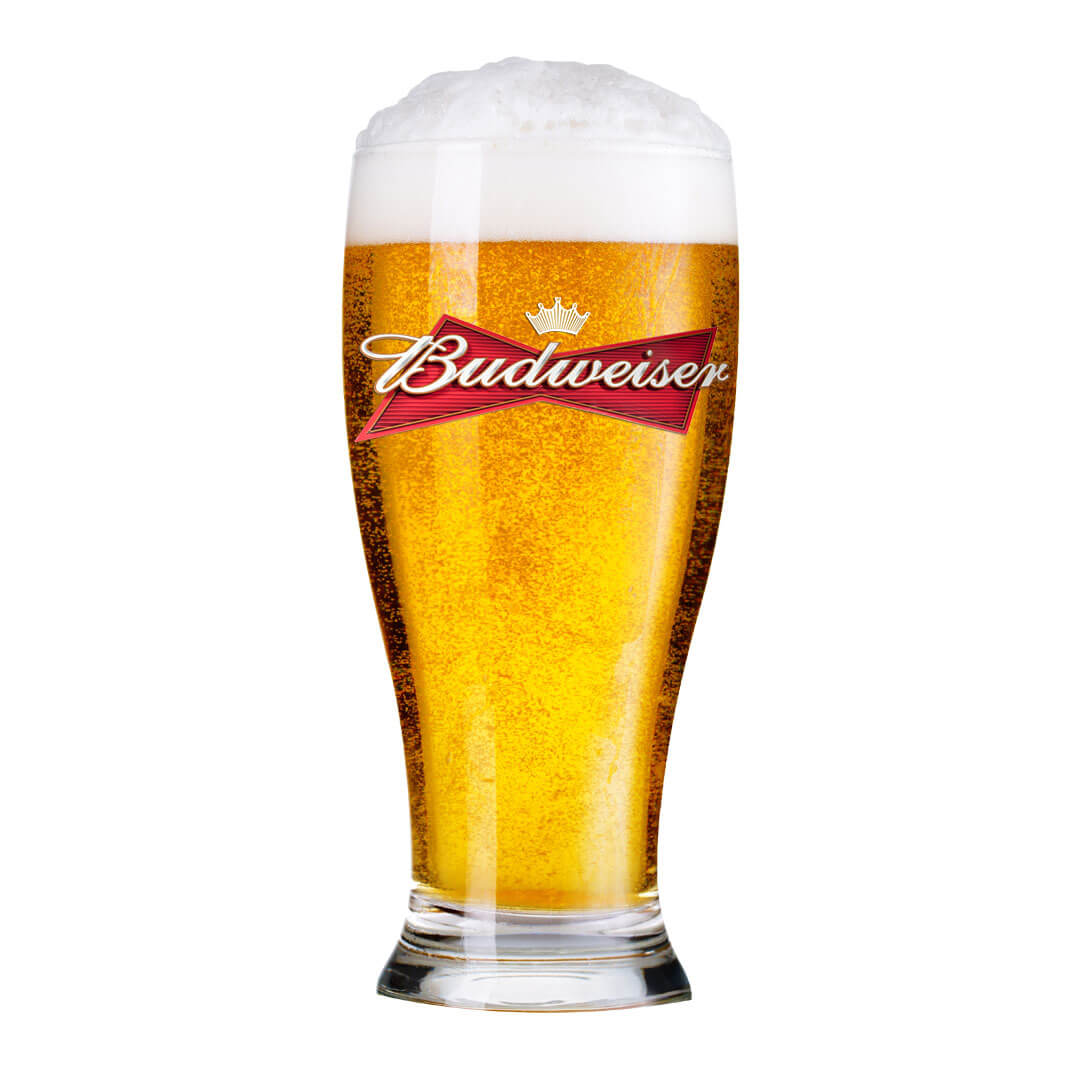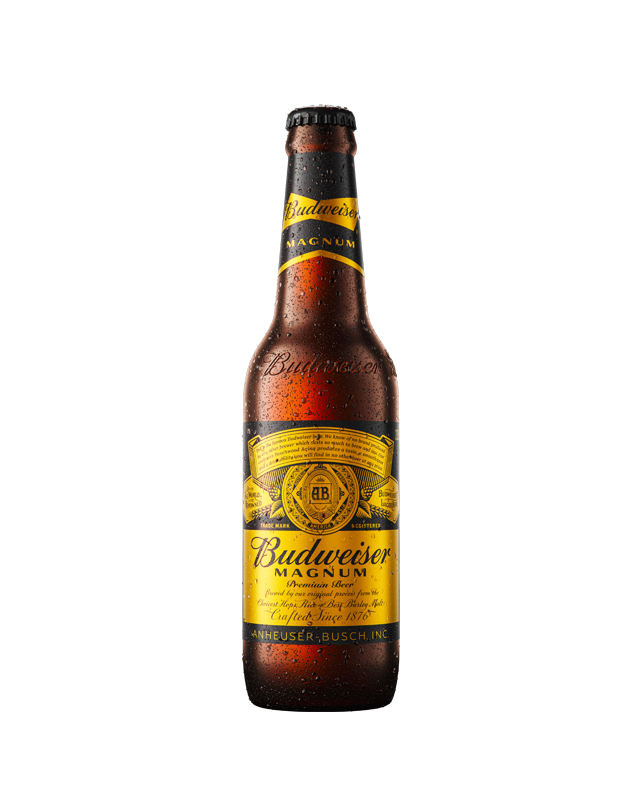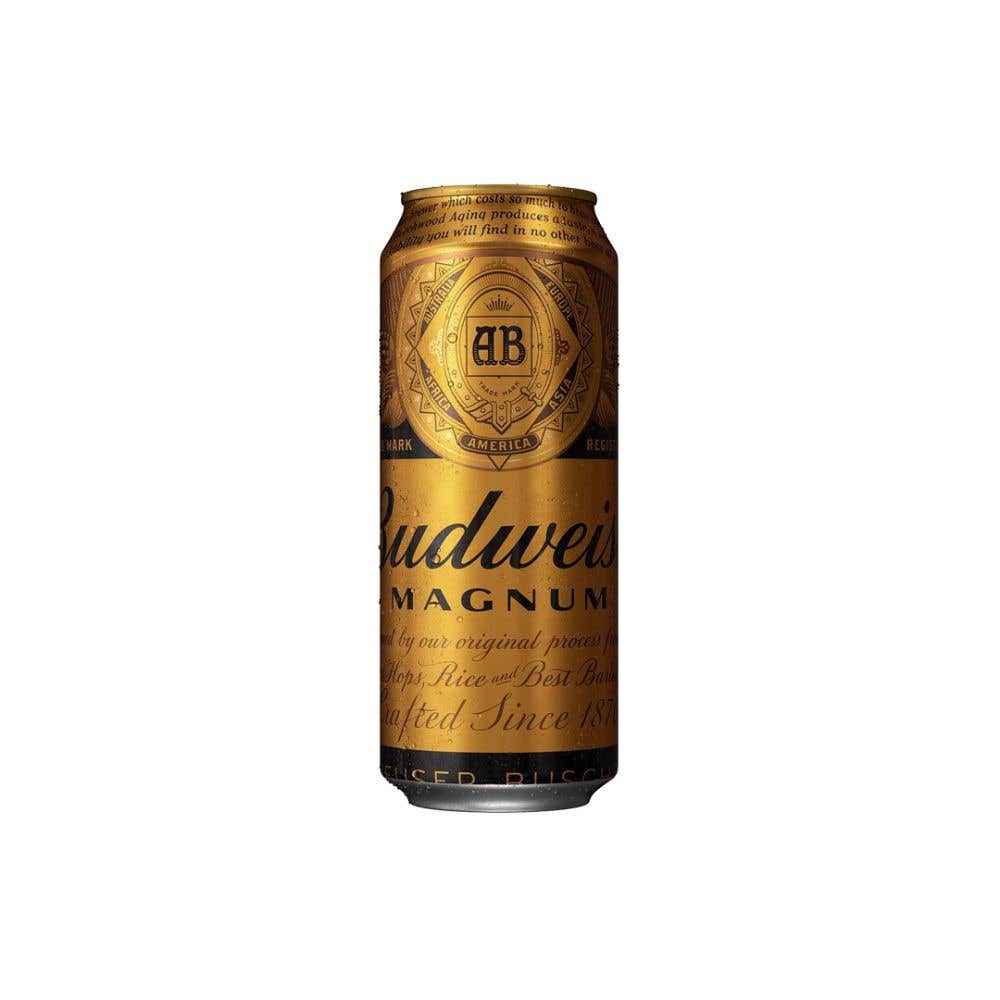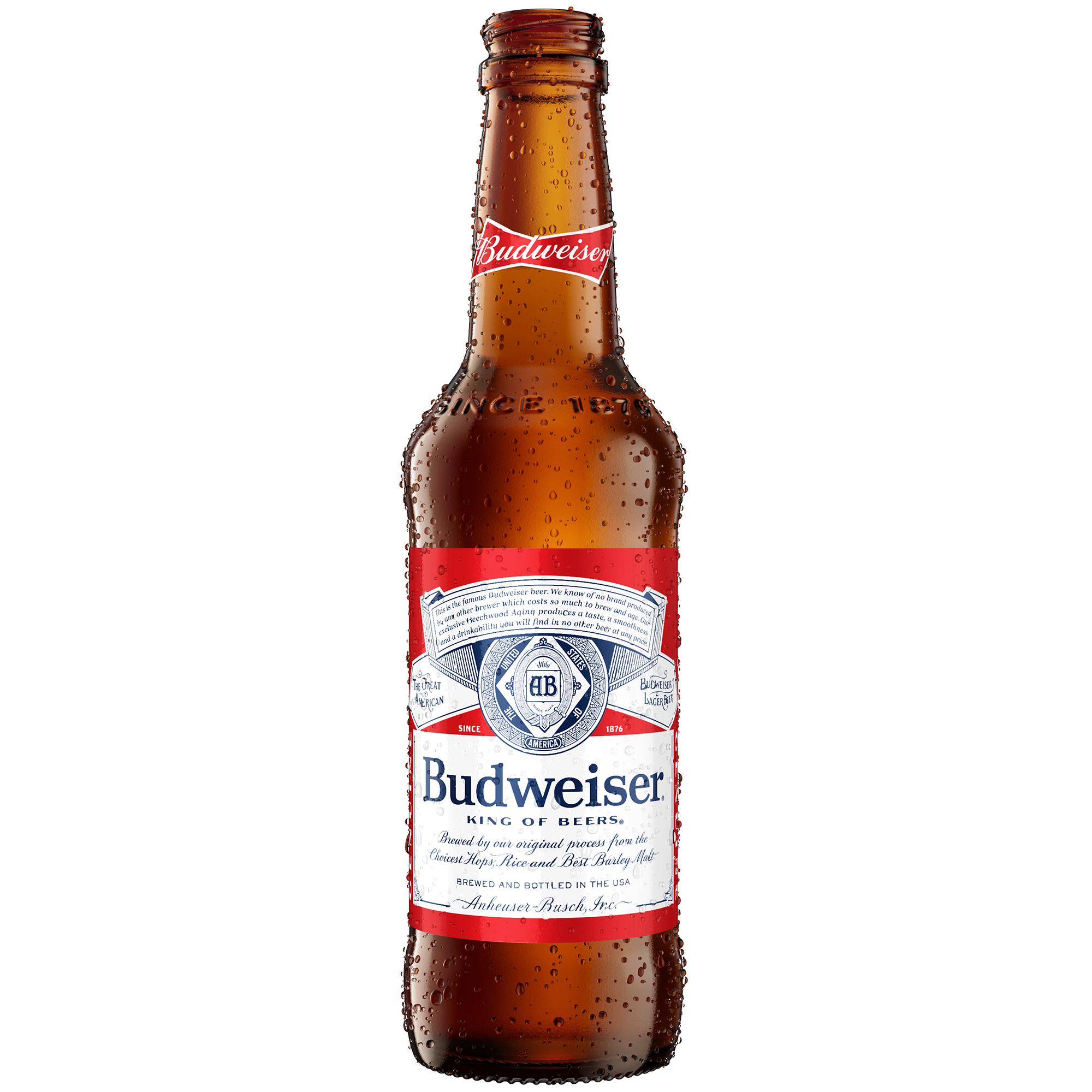
budweiser
Budweiser is an iconic, medium-bodied American-style lager known for its crisp, clean taste, smooth finish, and signature beechwood aging process.
Available Liquors
Overview
Budweiser is a globally recognized American lager produced by Anheuser-Busch InBev. It holds a significant place in brewing history as one of the first nationally distributed beers in the US. Characterized by its golden color, moderate carbonation, and balanced flavor profile derived from barley malt and rice, it's famed for its consistency and drinkability. The beechwood aging process is a signature step intended to smooth and mature the beer's flavor. It remains a popular choice for casual drinking occasions
Story
Budweiser was born from Adolphus Busch's ambition in 1876 to create a lager with broad appeal, distinct from the heavier, darker beers common in the US at the time. He drew inspiration from Bohemian lagers but adapted the recipe using rice alongside traditional barley malt to achieve a lighter body and crisper taste suited to American palates. He dubbed it "The King of Beers," a bold claim that marketing and consistent quality helped solidify over decades. The beechwood aging technique was introduced to help settle the yeast and mellow the flavors during lagering. Surviving challenges like Prohibition, Budweiser, under the Anheuser-Busch umbrella (now Anheuser-Busch InBev), grew into an international powerhouse and a symbol of mainstream American beer.
Tasting Notes
- Appearance: Clear, pale straw to light golden colour with a bright white, moderately persistent foamy head.
- Aroma: Subtle aromas of sweet grains (often perceived as corn or rice from the adjuncts), a hint of floral or slightly spicy hops, and a clean lager yeast character. Not overly aromatic.
- Taste: Crisp and clean on the palate. Mild sweetness from the malt and rice base, balanced by a low level of hop bitterness. Faint fruity esters may be detectable. Overall flavor intensity is mild.
- Mouthfeel: Light to medium-bodied with a smooth texture. Carbonation is typically medium-high, contributing to a crisp, effervescent sensation.
How to Enjoy
Budweiser is best served cold, typically between 3.5-7°C (38-45°F). Serve it in a standard pint glass, a pilsner glass, or enjoy it straight from the ice-cold bottle or can. Its refreshing nature makes it ideal for warm weather and casual settings.
Perfect Pairings
- Classic American Fare: Burgers, hot dogs, pizza, fried chicken.
- Spicy Foods: Cuts through the heat of tacos, nachos, mild curries, and spicy wings.
- Grilled & BBQ: Complements grilled sausages, chicken, ribs, and vegetables.
- Salty Snacks: Pretzels, chips, peanuts.
- Light Salads & Seafood: Its crispness pairs well with less intense dishes.
Why Choose
- Iconic Taste: Experience the consistently crisp, clean, and refreshing flavor recognized globally.
- Quality & Heritage: Brewed with over 140 years of tradition, using quality ingredients and the unique beechwood aging process for smoothness.
- Ultimate Refreshment: Designed for easy drinking and perfect for social occasions, celebrations, or simply relaxing.
- Trusted & Available: A reliable choice you can find almost anywhere, delivering the same quality taste every time.
FAQs
What type of beer is Budweiser?
An American-style Adjunct Lager. The 'adjunct' refers to the use of non-barley grains like rice.
What is Budweiser's ABV (Alcohol By Volume)?
Typically 5.0%, though minor variations can exist depending on the country.
What ingredients are in Budweiser?
Water, barley malt, rice, hops, and yeast.
Is Budweiser gluten-free?
No, it contains barley malt, which contains gluten.
Final Verdict
Budweiser is the archetype of the American mass-market lager. It delivers exactly what it promises: a consistent, crisp, and highly refreshing beer that's easy to drink. While it may lack the complexity sought by craft beer enthusiasts, its global success is built on its reliability, drinkability, and mastery of a clean, approachable style. It's a dependable choice for casual social drinking and pairing with a wide variety of everyday foods. Its status as "The King of Beers" speaks more to its market dominance and historical significance than to intricate flavor profiles, but it undeniably fulfills its role exceptionally well.



